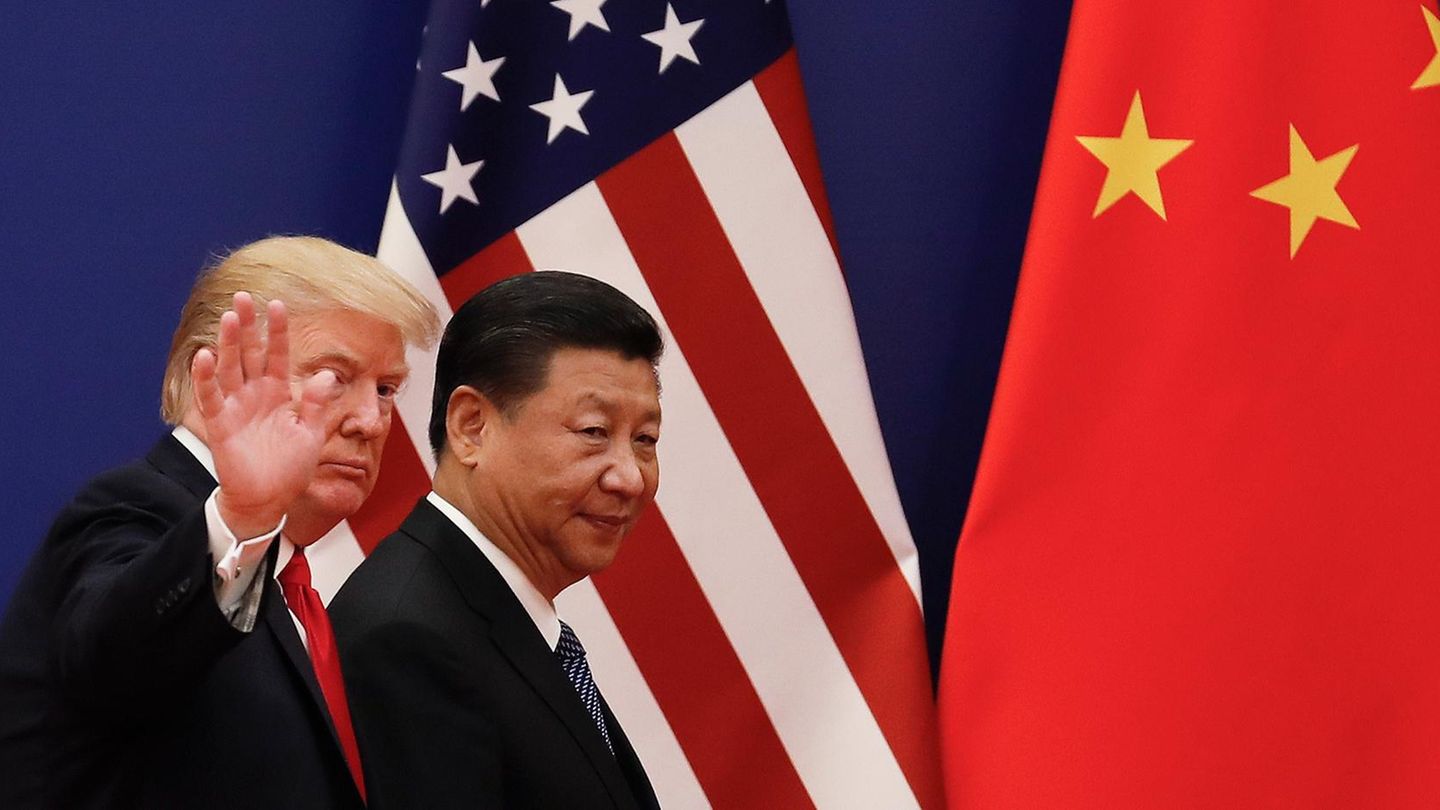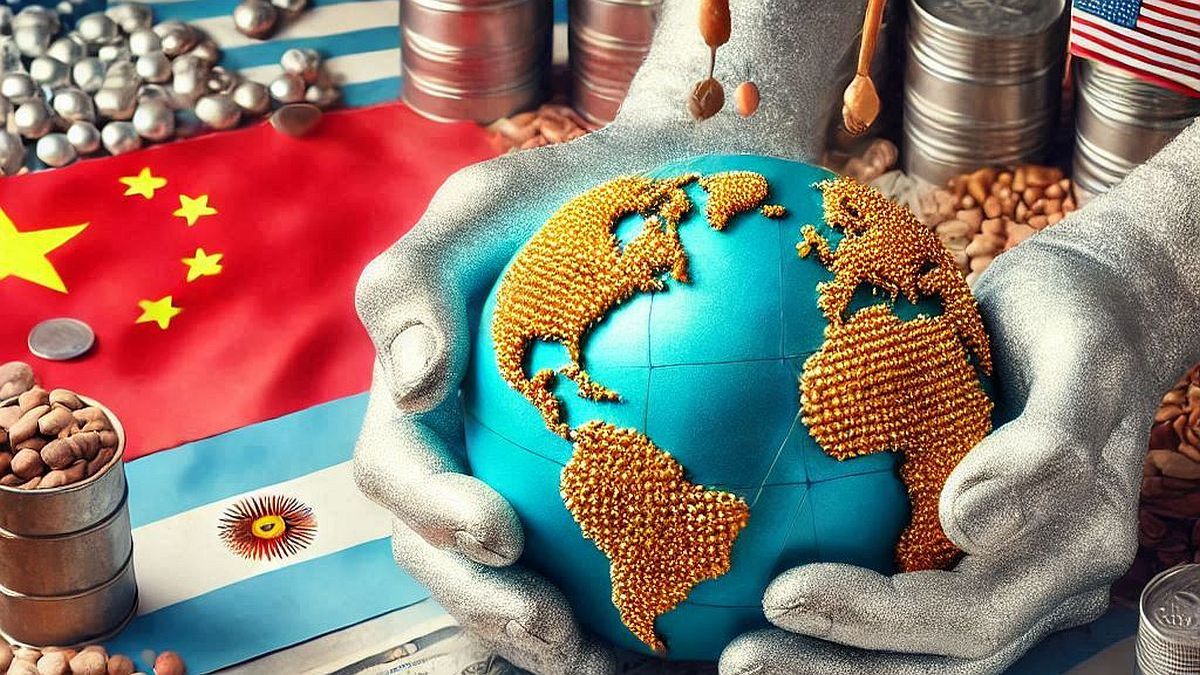Trade dispute
China counters Trump’s tariffs and goes Google on the collar
Copy the current link
Less than two weeks in office, the first trade war threatens under Donald Trump. The waves were smoothed with Mexico and Canada. China is now on the plaster.
In response to the tariffs arranged by US President Donald Trump on imports from China, the People’s Republic reacted with counter-tariffs. As the Ministry of Finance announced in Beijing, additional tariffs of 15 percent should be particularly important on fossil fuels. Among other things, coal and liquefied natural gas from the USA are affected. An additional custom of ten percent should apply to oil and agricultural machines.
The tariffs should therefore come into force on February 10th. In addition, Beijing announced a antitrust investigation against the US technology giants Google.
Customs decree by Donald Trump has angered China
US President Donald Trump signed a decree on the customs surcharges for Chinese products on Saturday. It provides for an additional ten percent set on the existing tariffs. The White House had announced on Saturday that the tariffs of an additional ten percent of Chinese imports would be effective on February 4 at midnight Washington’s time (around 6 a.m. German time).
In the decree, tariffs of up to 25 percent are intended for products from Canada and Mexico. The tariffs on Mexican and Canadian imports then exposed Trump for a month after discussions with Mexican President Claudia Sheinbaum and Canadian Prime Minister Justin Trudeau.
On Monday, however, Trump said that the Chinese side would “probably speak in the next 24 hours”. In advance, he had justified the customs plans against China, Mexico and Canada that these countries would not be enough against the production and export of illegal fentanyl and its forerunner chemicals.
Chinese economy under pressure
The Chinese Ministry of Commerce had announced “countermeasures” and a lawsuit at the World Trade Organization (WTO) in a first reaction to the announced US tariffs.
The two largest economies threaten to head for a new trade war, such as in 2018, when Trump also triggered a conflict with the imposition of tariffs during his first term. At that time, a process started, in which China and the United States covered themselves with ever further tariffs for a good two years.
The higher US tariffs burden China’s export management because they make Chinese goods more expensive and therefore less competitive on the US market.
Note: This post has been updated
Dpa · AFP
CL
Source: Stern
I have been working in the news industry for over 6 years, first as a reporter and now as an editor. I have covered politics extensively, and my work has appeared in major newspapers and online news outlets around the world. In addition to my writing, I also contribute regularly to 24 Hours World.




